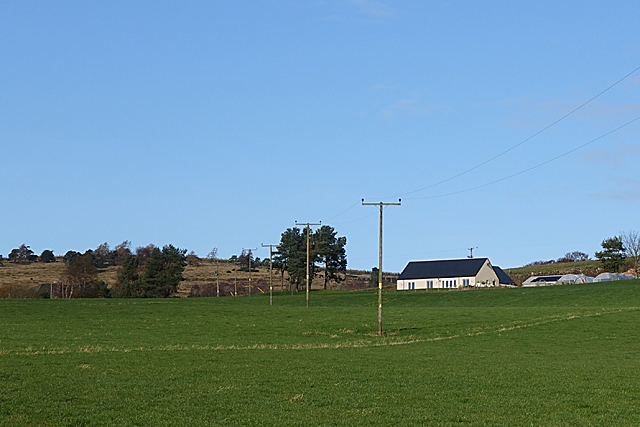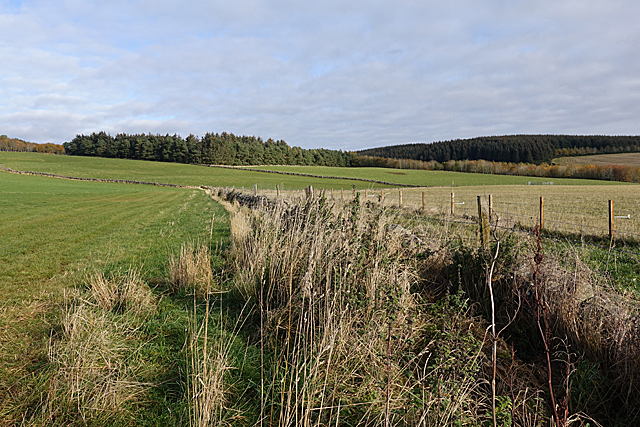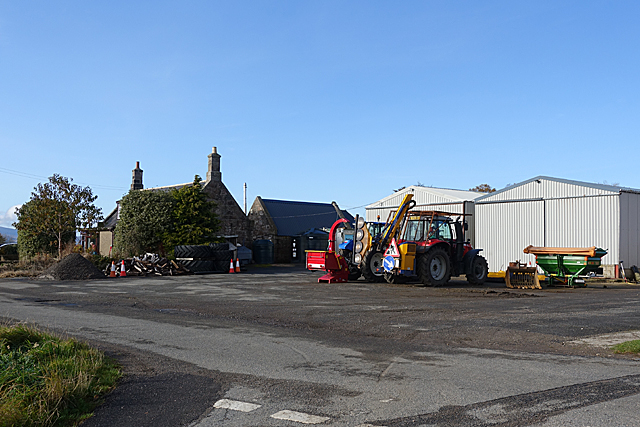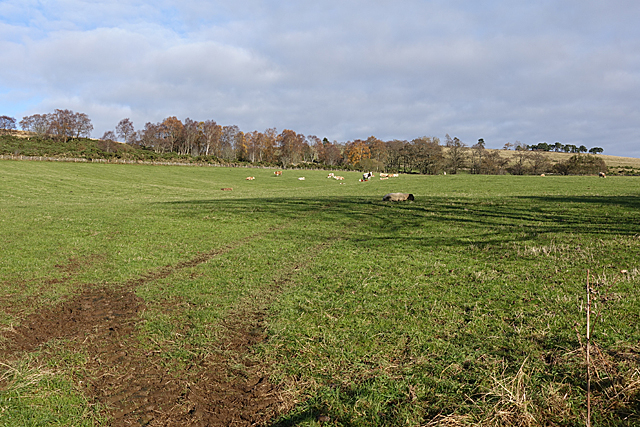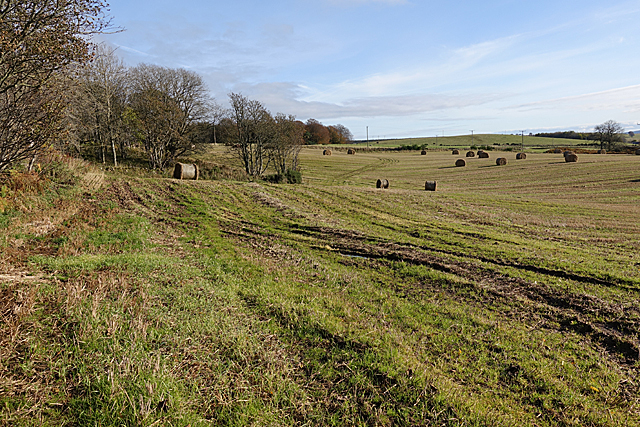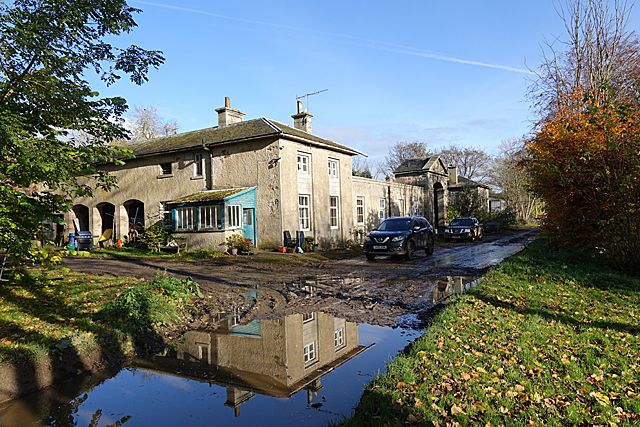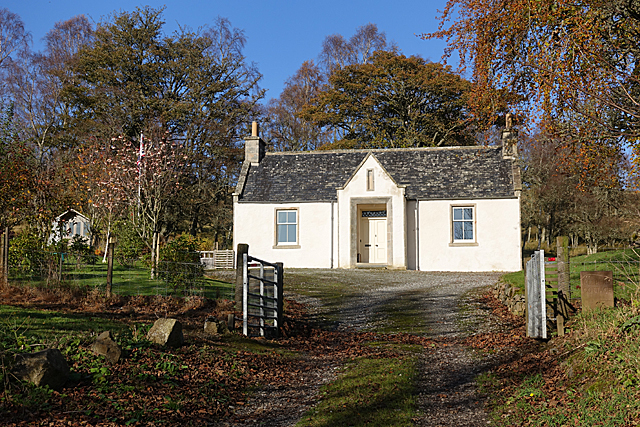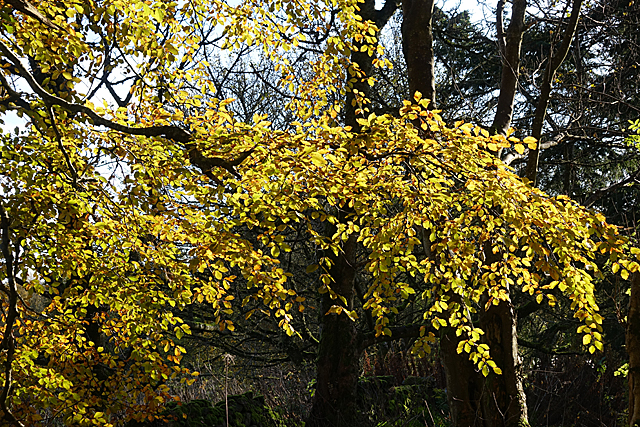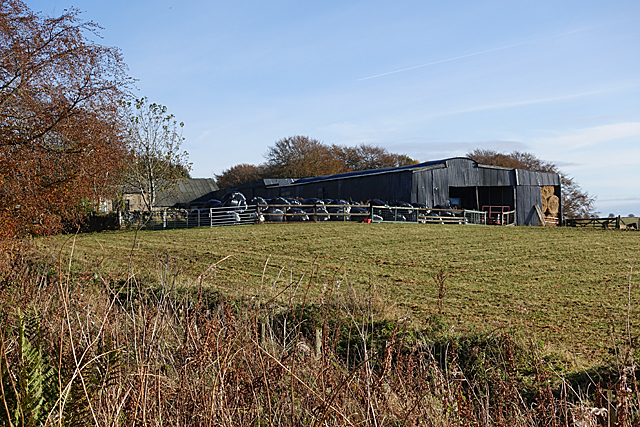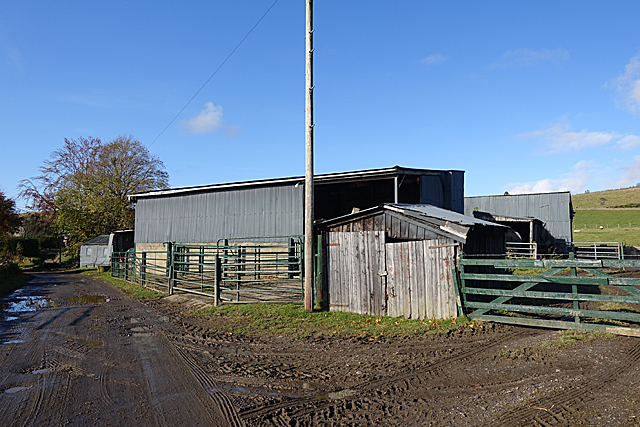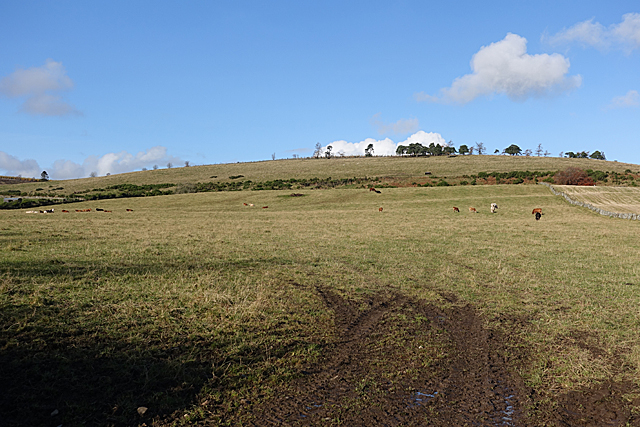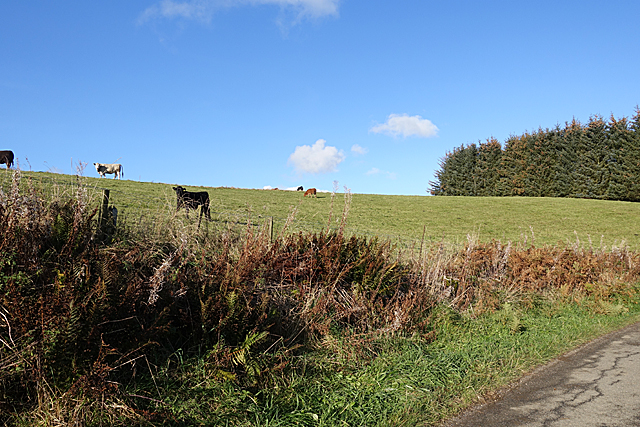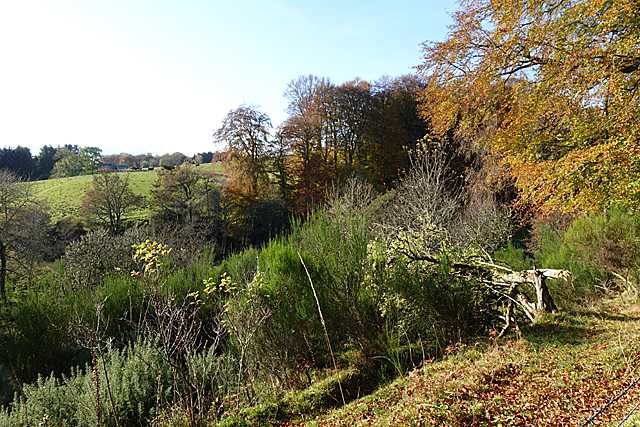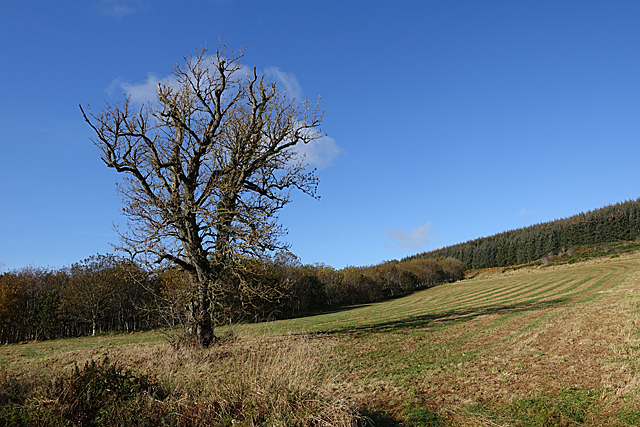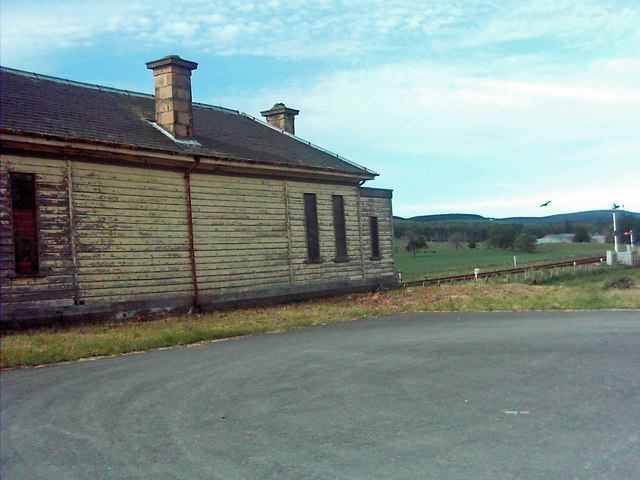Moss of Wardhouse
Wood, Forest in Aberdeenshire
Scotland
Moss of Wardhouse
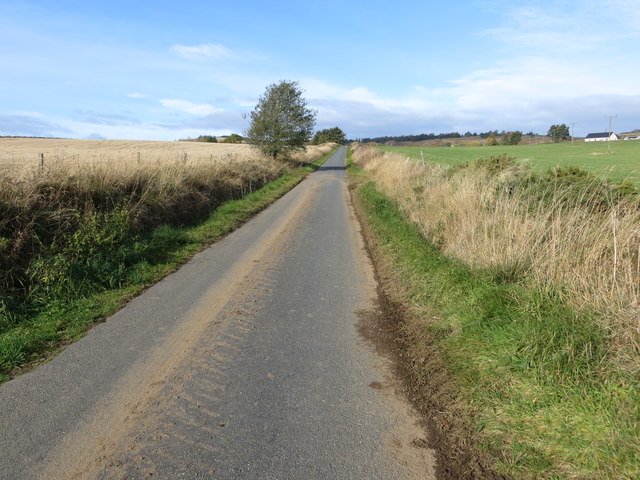
Moss of Wardhouse is a picturesque woodland located in Aberdeenshire, Scotland. It is known for its stunning natural beauty and rich biodiversity, making it a popular destination for nature enthusiasts and hikers alike. Spread across an expansive area, the forest is predominantly covered in moss, which gives it its unique and enchanting atmosphere.
The woodland is home to a diverse range of flora and fauna, with a wide variety of plant species thriving in its lush environment. Visitors can expect to find towering trees, including oak, birch, and pine, providing a shady canopy that shelters a vibrant understory of ferns, wildflowers, and mosses. The moss-covered forest floor adds a magical touch, creating a soft and cushioned pathway for walkers.
Wildlife is abundant in Moss of Wardhouse, with many species finding refuge within the forest. Birdwatchers can spot a multitude of bird species, such as woodpeckers, owls, and various songbirds. Squirrels, rabbits, and deer are also commonly sighted within the woodland, adding to the charm of the natural habitat.
The forest offers a network of well-maintained trails and paths, providing visitors with opportunities for leisurely walks, hiking, and exploration. The tranquil ambiance and serene surroundings make it an ideal place for nature lovers to unwind and reconnect with the natural world. Additionally, Moss of Wardhouse is easily accessible, with ample parking facilities and nearby amenities.
Overall, Moss of Wardhouse in Aberdeenshire is a captivating woodland that showcases the beauty of Scotland's natural landscapes. With its moss-covered trees, diverse flora and fauna, and peaceful atmosphere, it offers an immersive and memorable experience for all who venture into its depths.
If you have any feedback on the listing, please let us know in the comments section below.
Moss of Wardhouse Images
Images are sourced within 2km of 57.377121/-2.7123195 or Grid Reference NJ5732. Thanks to Geograph Open Source API. All images are credited.
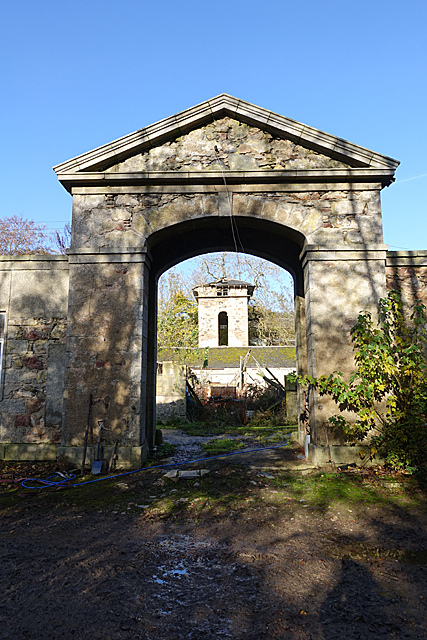
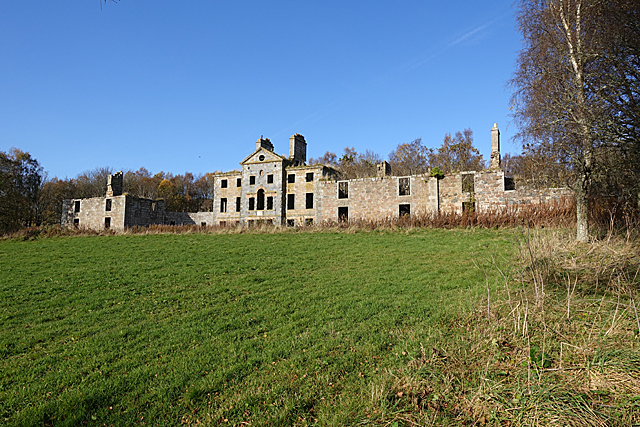
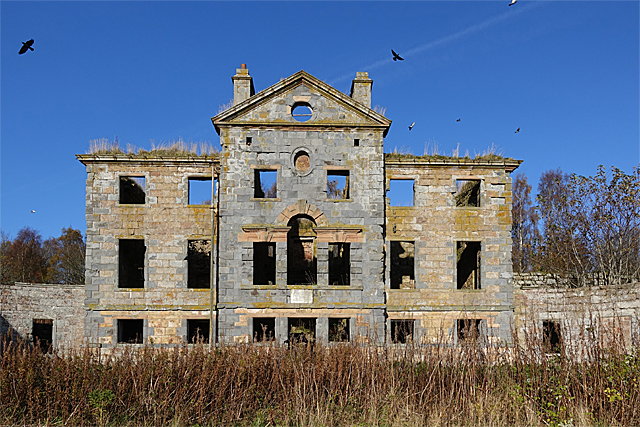
Moss of Wardhouse is located at Grid Ref: NJ5732 (Lat: 57.377121, Lng: -2.7123195)
Unitary Authority: Aberdeenshire
Police Authority: North East
What 3 Words
///overtones.outraged.handrail. Near Insch, Aberdeenshire
Nearby Locations
Related Wikis
Wardhouse railway station
Wardhouse railway station served the area of Wardhouse, Aberdeenshire, Scotland from 1854 to 1961 on the Great North of Scotland Railway. == History... ==
Kennethmont railway station
Kennethmont railway station served the village of Kennethmont, Aberdeenshire, Scotland from 1854 to 1968 on the Great North of Scotland Railway. ��2�...
Ardmore distillery
Ardmore distillery is a single malt Scotch whisky distillery, located in the village of Kennethmont, Scotland. The distillery is owned and operated by...
Wardhouse Castle
Wardhouse Castle was a 13th-century tower house, about 2.5 miles (4.0 km) west of Insch, Aberdeenshire, Scotland. The castle was called Weredors, Wardes...
Have you been to Moss of Wardhouse?
Leave your review of Moss of Wardhouse below (or comments, questions and feedback).
